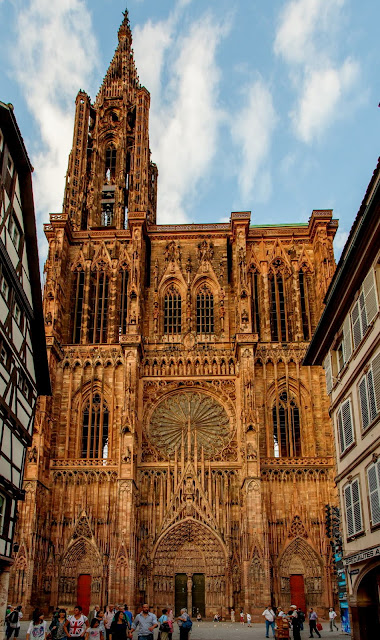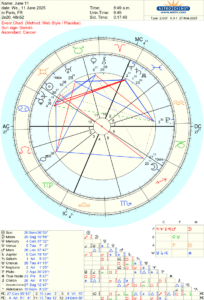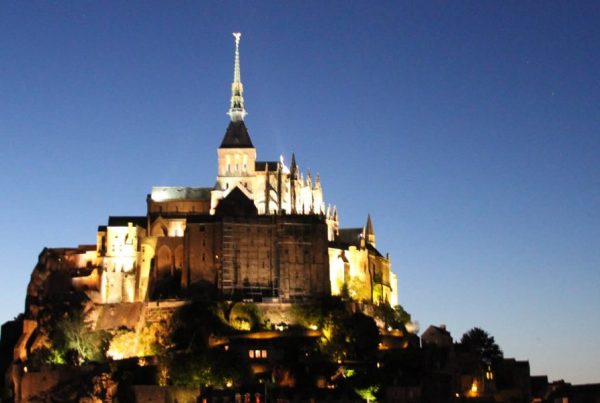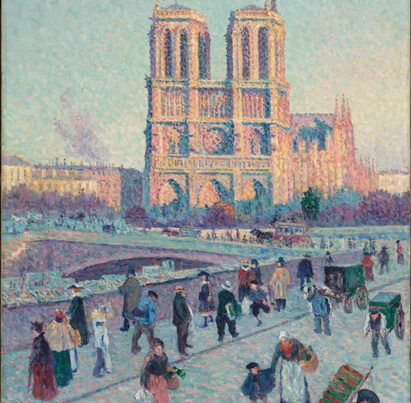Alleluia, humanity and science are evolving!
photo: https://herald-dick-magazine.blogspot.com/2015/07/millenaire-de-la-fondation-de-la.html
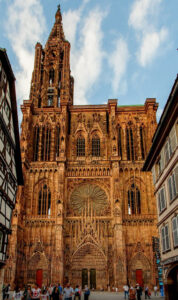
A new publication in the Proceedings of the National Academy of Sciences (PNAS), a peer reviewed journal of the National Academy of Sciences (NAS), recognized that science had a ‘missing law’, eventually connecting macro and microscopic elements (My words), including “the possibility of an underlying, law-governed conceptual equivalence.” “Identifying multiple examples of disparate, ostensibly evolving macroscopic phenomena that exhibit striking conceptual similarities, strongly suggesting the possibility of an underlying, law-governed conceptual equivalence. […] We suggest that all evolving systems–including but not limited to life–are composed of diverse components that can combine into configurational states that are then selected for or against based on function. We then identify the fundamental sources of selection–static persistence, dynamic persistence, and novelty generation–and propose a time-asymmetric law that states that the functional information of a system will increase over time when subjected to selection for function(s).”[1]
“We see evolution as a universal process that applies to numerous systems, both living and nonliving, that increase in diversity and patterning through time,” said Carnegie Institution for Science mineralogist and astrobiologist Robert Hazen, a co-author of the scientific paper describing the law in the journalProceedings of the National Academy of Sciences. Reuters.[2]
And a final quote: “Evolving systems are asymmetrical with respect to time; they display temporal increases in diversity, distribution, and/or patterned behavior. Previous work has attempted to describe this temporal asymmetry with a “theory of the adjacent possible,” a mathematical formula that describes a monotonic and explosive increase in combinatorial richness with time (33,34). Nevertheless, evolution via selection is not constrained to be either continuous or permanent.”
PNSA is an ‘authoritative source of high-impact, original research that broadly spans the biological, physical, and social sciences.’
How do you relate with that? Recognize every day and specifically when things get rough or difficult to understand, that you are a part of a fantastic Consciousness in evolution; and if you surrender to the totality and the intrinsic love (connection, at the molecular level and ability of your brain and chakras to communication), you will be supported, carried and safe.
A few days ago, I asked for a message before going to sleep. This was the result, an excerpt from a book explaining the architecture of the Strasbourg Cathedral.[3] Also revealing how the Cathedrals, as building were open books and schools delivering an esoterical message to the soul.
«Un bourgeois passe un jour devant un chantier
Et demande a trois ouvriers ce qu’ils sont en train de faire.
- Je gagne ma vie répond le premier.
- Je taille un bloc de pierre, répond le second.
- Je construis une cathédrale répond le troisième.
Celui-là était Compagnon.
Lui seul situe son geste dans le cadre d’un programme qui le dépasse.
Il donne un sens à son mouvement.
Lui seul travaille pour l’éternité.»
“A bourgeois passes by a construction site one day.
And ask three workers what they are doing.
– I make a living, replies the first.
– “I’m carving a block of stone,” replies the second.
– “I’m building a cathedral,” replies the third.
This one was Companion.
He alone situates his gesture within the framework of a program that goes beyond him.
It gives meaning to its movement.
He alone works for eternity.»
To conclude, another interesting suggestion heard in a comedy: a man wishes good luck to his buddy. the latter answers: ‘luck is for losers. I am supported by my destiny!”
[1] https://www.pnas.org/doi/10.1073/pnas.2310223120
[2] https://www.reuters.com/science/scientists-propose-sweeping-new-law-nature-expanding-evolution-2023-10-16/?user_email=b27bef4f5d4a921f8b85d975bfb28ee6edd4795dbf99878ff09066b81bd7e6b6
[3] La Cathedrale de Strasbourg, Michel Zehnacker.

